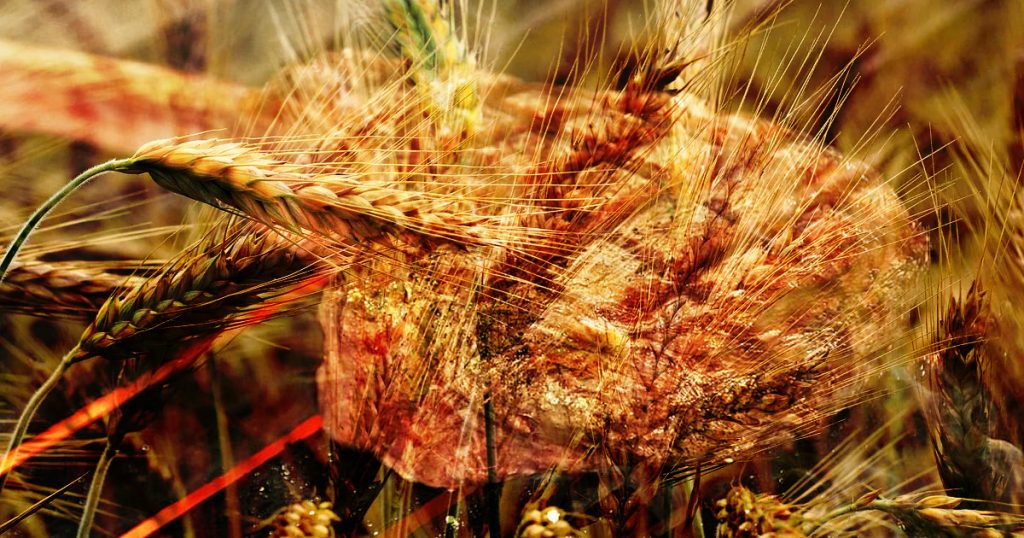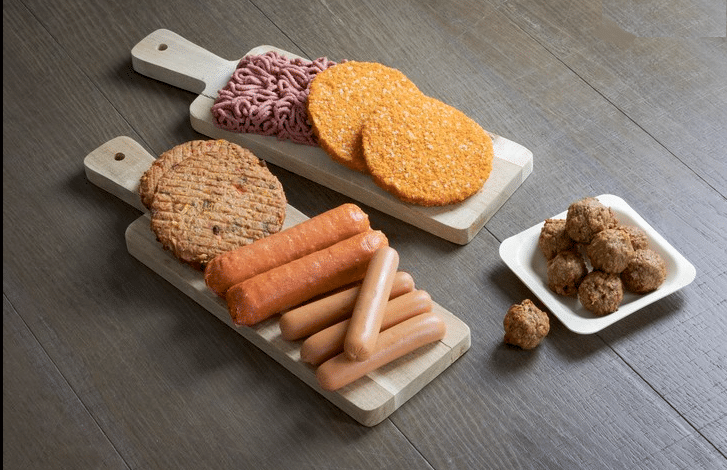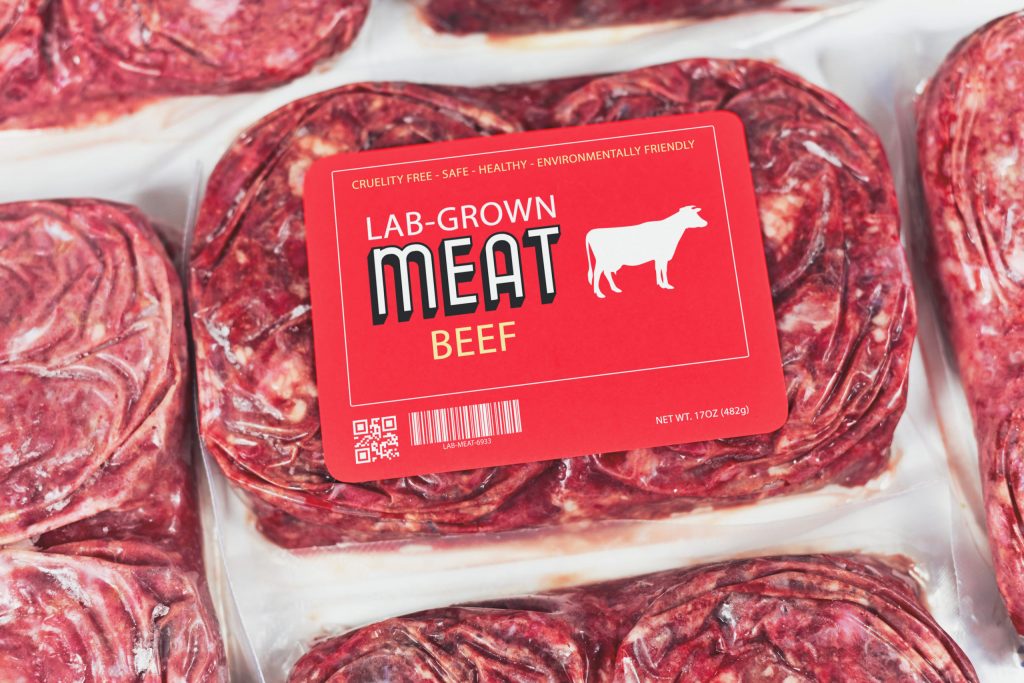As meat consumption grows around the world, food scientists are working to develop healthier, better-tasting, and more sustainable plant-based protein products that replicate meat, fish, milk, cheese, and eggs.
Over 100,000 genetically altered barley plants are being grown in a greenhouse in Iceland for an unexpected purpose: producing lab-made meat.
The modified barley is harvested and refined to extract “growth factor” proteins, which can then be used to make lab-grown meat. This innovation could lessen the reliance on live animals in the lab-grown meat industry in the future.

ORF Genetics, the organization behind the greenhouse, is cultivating the biogenetically altered barley over 22,000 square feet using high-tech hydroponic growth methods.
Barley seed-derived growth factors play an essential role in stem cell maintenance. In 2010, ORF released a growth hormone-based skincare product.
The company expects to break into the cell-cultured beef market after a decade. Growth factors help tissues that contain these products, such as animal muscle and fat cells, develop.

“The population is rising, and we have to feed all of the people,” ORF Genetics director of protein technology Arna Runarsdottir told the BBC.
Lab-grown beef would offer a plethora of advantages that might help feed the world if scientists can figure out how to mass-produce it.

“We don’t have to kill all these animals; we just have to take the stem cell from them,” she added, noting that it’s a more viable and environmental option compared to conventionally grown meat.


